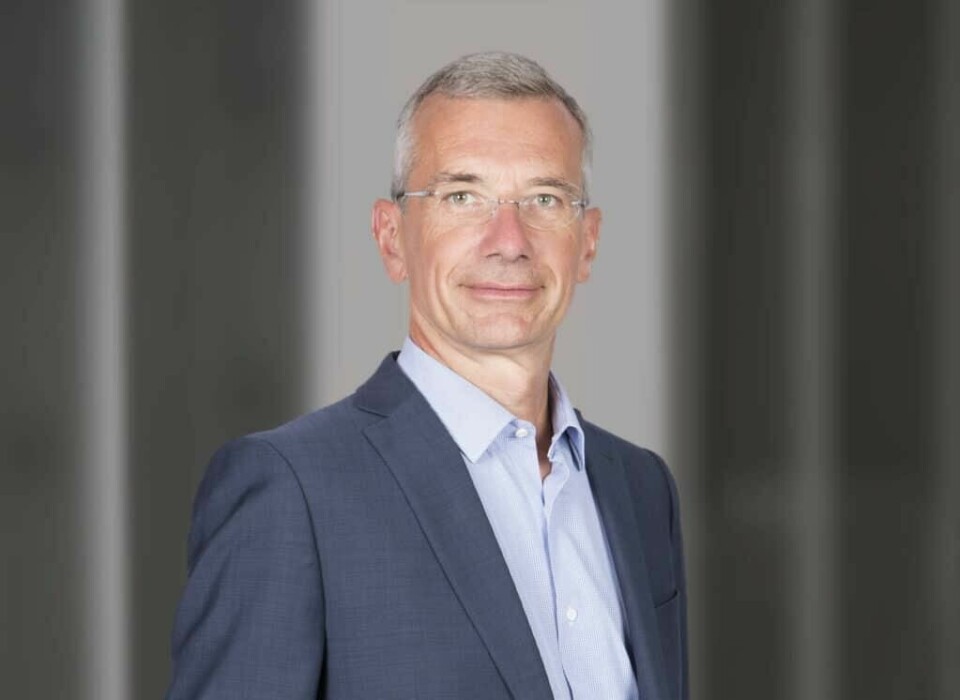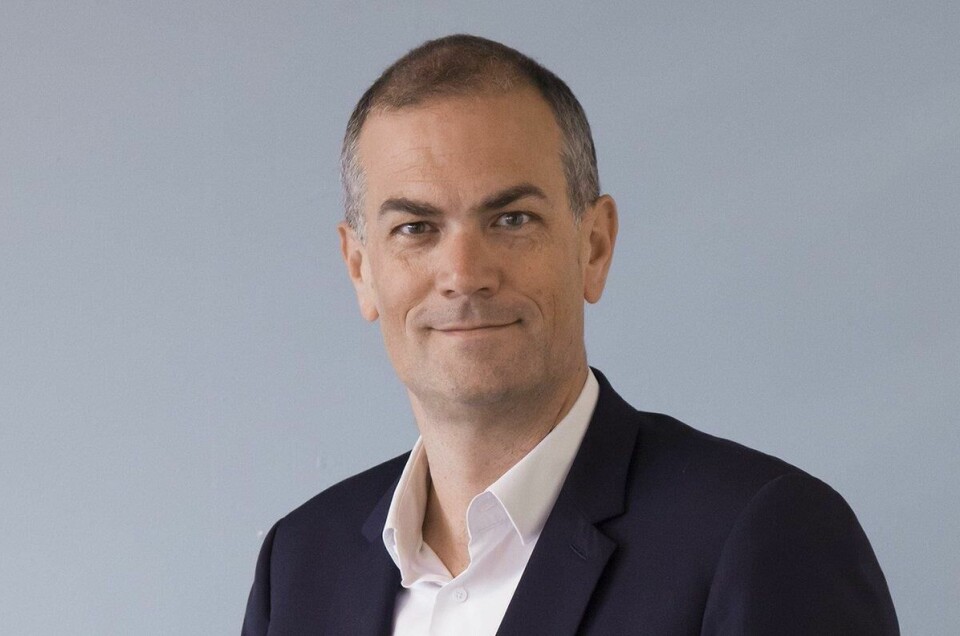Stellantis moves supply chain and logistics from purchasing to manufacturing in leadership reshuffle
The carmaker has announced executive changes that include the supply chain and logistics organisation separating from purchasing and reporting to manufacturing chief officer Arnaud Deboeuf. The move, which follows more recent alignment between logistics and manufacturing, aims to break down silos, increase shared technology and flexibility across operations.

Stellantis has announced major and immediately effective managerial restructuring to “drive simplification” and “enhance organisational performance”, citing the “turbulent global environment” as the main driver for the decision. The changes include important new appointments in regional operational roles, and confirmation that Carlos Tavares will retire as chief executive officer in 2026.
Among the changes is the announcement that the carmaker’s global supply chain organisation will transfer from purchasing to manufacturing. The Supply Chain function, which at Stellantis include inbound and vehicle logistics, supply chain planning, demand and capacity management, among others, had been combined with procurement as global purchasing and supply chain, led by chief purchasing and supply chain officer Maxime Picat.
With the change, supply chain reports to chief manufacturing officer, Arnaud Deboeuf.
It has not yet been confirmed what the changes will mean for other global and regional supply chain leaders at Stellantis, although wider management changes are expected. Stellantis has not yet responded to requests for further comment.
According to its official statement, Stellantis has made the change in supply chain “to drive commercial performance”, as Picat and the purchasing organisation “will dedicate even greater focus and expertise to the performance improvements to be achieved with our supplier partners.”
Transfering supply chain to manufacturing is likely to imply more synergies in Stellantis operations, although supply chain and logistics teams are still likely to interact widely and increasingly with other departments, including engineering and purchasing.
Closer integration between production and logistics processes and technology
While the immediate implications are not entirely clear, it is likely that Picat and the purchasing division will put more focus on supplier areas including quality, costs and efficiency. Supply chain and logistics, meanwhile, could see a stronger integration in manufacturing processes, technology and decision making as part of wider objectives to reduce complexity and cost.
As with other OEMs, recent supply and market challenges – including semiconductor shortages, logistics capacity issues and EV uncertainty – would have led the supply chain organisation at Stellantis to work more closely across departments, from engineering and purchasing, to sales and manufacturing. However, the link between production and logistics processes has strengthened in particular. For example, the carmaker has taken steps to invest in and insource certain functions, including supply chain control towers to oversee impacts to suppliers, deliveries and production, as well as in logistics assets, such as vehicle logistics capacity in Europe. The carmaker took a majority stake in French transport and logistics services firm 2L Logistics, and has been reported to be further expanding its own trucking fleet, putting more operations in its own hands.

Arnaud Deboeuf has been emphasis on scaling AI and digitalisation across production and supply chain
The merging of supply chain and production could be an indication of wider synergies in logistics technology and digitalisation, including opportunities to increase automation, as well as leverage artificial intelligence, from factory planning to shopfloor applications. This collaboration will be essential to realise stringent cost reduction targets.
For example Deboeuf, speaking at a press roundtable with Automotive Logistics in September, highlighted several innovations relevant to logistics, including a low-cost tool to retrofit existing plant equipment for autonomous logistics, as well as cloud-based tools to better synchronise planning from engineering through to manufacturing. He also highlighted the critical role that digitalisation and AI would play in helping the company to achieve significant cost savings in production as part of the Stellantis Dare Forward 2030 strategic plan.
“We have a big ambition for manufacturing to reduce our transformation costs globally by 40%, which includes an objective to reduce manufacturing costs by 30%, as well as to achieve carbon neutrality by 2038,” he said.
While supply chain and manufacturing collaboration will need to accelerate, it is likely that coordination with purchasing and other departments will remain significant. Earlier this year, in an interview with Automotive Logistics on supply chain management, Maxime Picat strongly emphasised cross-functional collaboration between supply chain and other divisions.

As head of the Purchasing division, Picat will concentrate on strengthening supplier relationships and driving performance improvements with Stellantis partners
“What we’ve got at Stellantis today is an excellent collaboration between engineering and purchasing, where we’ve got a cross functional group with the two teams working and asking themselves the question of what the relevant supply in the future is, and they consider supplier-based and technical solutions to ensure competition and resilience,” he said.
In recent years, Stellantis’s supply chain and logistics has put more emphasis on ensuring that in-house procurement, engineering and design divisions are involved in early stage collaboration to improve overall logistics. At the recent Automotive Logistics & Supply Chain Global conference in Dearborn, Michigan, for example, North America transportation operations vice-president, Mercedes Figueroa, highlighted the role that engineering and procurement play in optimising overall logistics costs, from trailer and container utilisation, to supplier locations.
“Procurement is also essential from the beginning, and on solutions like how the supplier base is going to be located,” she told delegates at the event. “It’s important that some suppliers can support several platforms, as then there is more flexibility to react for changes.”
Ever evolving automotive supply chain organisations
Overall, the positioning of supply chain and logistics continued to evolve across automotive manufacturers. By aligning supply chain and logistics to manufacturing, Stellantis has a structure with parallels at German OEMs including BMW, Mercedes-Benz and Volkswagen Group. At General Motors, purchasing and supply chain are also combined in Global Purchasing and Supply Chain. At Ford, material planning and logistics (MP&L) reports to manufacturing, however the company’s purchasing function and links to supply chain was strengthened last year with the appointment of a chief supply chain officer.
Other OEMs, meanwhile, have taken steps to more closely integrate manufacturing, logistics and procurement in efforts for even more closer planning and decision making. Since 2021, for example, JLR has combined production, purchasing and supply chain into its Industrial Operations organisation. Earlier this year, Volvo Cars also combined purchasing, manufacturing and supply chain.
Stellantis itself has seen changing approaches. One of its main predecessor companies, FCA, used to have a global supply chain division, before combining it with purchasing. At PSA, which eventually merged with FCA, supply chain had been part of manufacturing.





